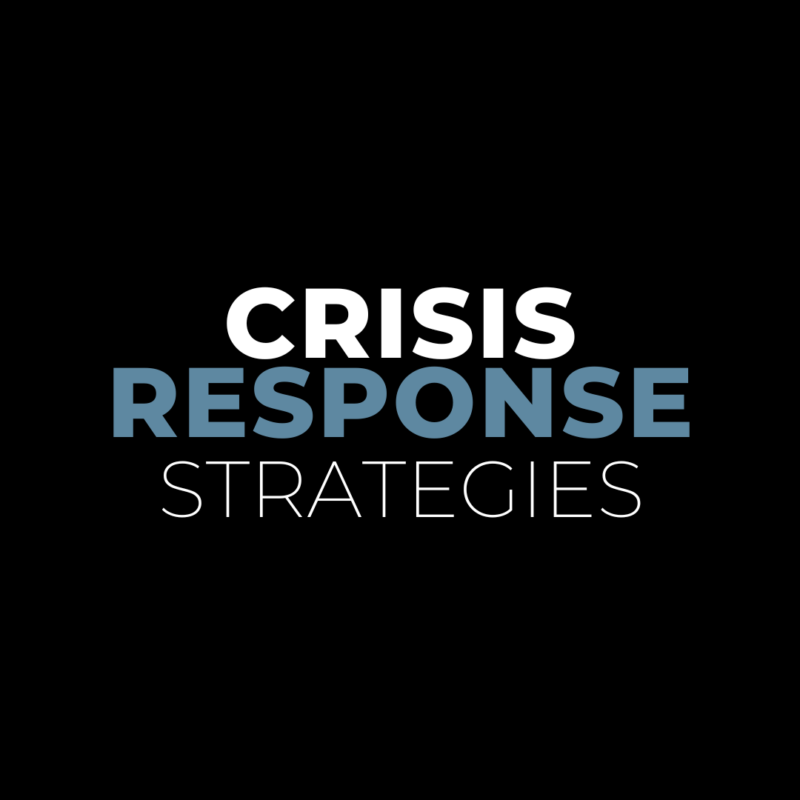Not Exactly What the Doctor Ordered…
If you remember nothing else from what you are about to read, remember this: patients are customers. With that said, communication professionals who work with or for health care organizations must address them as such through messaging.
Blame it on the cost of health care, government policies or easy access to information through technology, but health care consumers – especially millennials – are not always doing what the doctor ordered. In fact, 60 percent of health care consumers say their decision to continue any type of care is influenced by information found online.
Think of it this way, my grandparents never question what drugs their physician prescribes or his referrals to other specialists. However, after I get out of a doctor appointment for flu-like symptoms, I’m likely to jump on social media platforms to learn about the prescription my doctor wrote, trying to see what “people like me” actually say about the side effects and whether there is a more affordable alternative. While online, I may stumble upon a review that describes a bad experience with my physician, but I also could find that he was cited as an expert source in two industry articles and one local news story about debunking flu shot myths.
All of these efforts and findings ultimately shape my decision to fill or not fill the prescription and adhere to my doctor’s treatment plan. Sounds a lot different from what my grandparents would have done, right?
Considering this, communication professionals need to embrace patients’ desires to be educated health care consumers by making information easy to understand and readily available through a variety of channels.
Stay true to your health care organization’s goals by communicating your message clearly through easy-to-access channels, like your website or social media platforms. Don’t hide the details behind fluffy language or one-dimensional calls to action like “contact us for more information.” Give patients easy-to-understand articles on a variety of health topics and treatment plans; provide videos on how to treat certain health issues; and constantly be a source of new information on health policy and treatment updates through social media platforms.
Today’s health care consumers are focused on accessibility, affordability and personalized service. As professional communicators, we don’t always have control over those details. However, we do have control over how information is delivered to our patient audience. Weaving your health care organization’s messaging together with these three focus areas through a variety of channels is the foundation to a successful communications plan for patients. And, by your patients, I mean your customers. 😉


